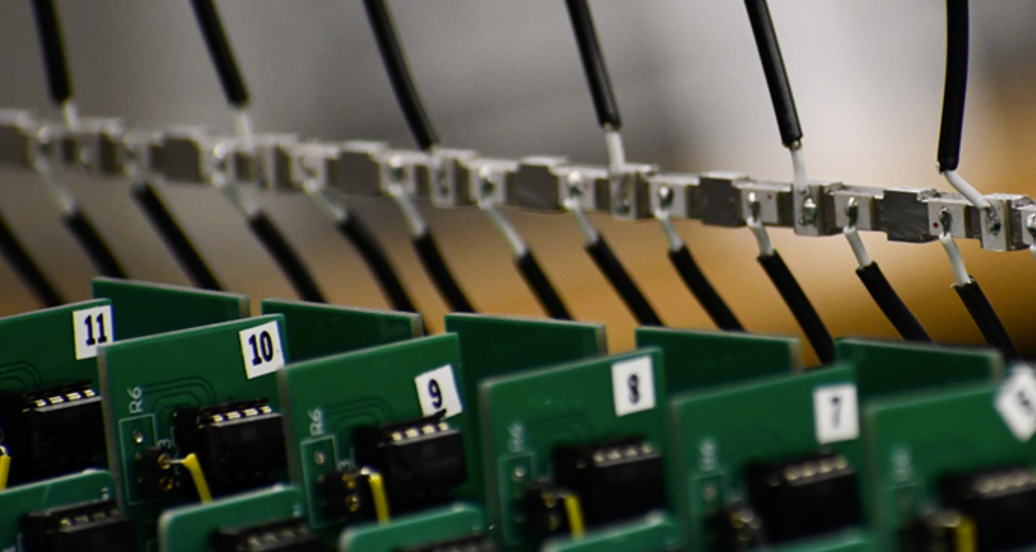By Brian Fortner
A smart beam that can counteract deformations and other more complex external stresses without the need for active human input has been developed by a team of engineers at the University of Missouri, in Columbia, and physics researchers at the University of Chicago. The bench-scale beam, named a metabeam, consists of sensors and computer chips for information processing and actuators with electrical input to convert electricity into mechanical energy to manipulate the beam.
The metabeam contains a metamaterial, an engineered material that exhibits properties not found in naturally occurring materials. When metamaterials are arranged in sequence and in precise shapes, depending on the desired function, they assume properties that are more advantageous to designers than the base material.

“You're taking a material, which has its natural properties, and you're manipulating it to do more work,” says Guoliang Huang, the Huber and Helen Croft Chair in Engineering in the department of mechanical and aerospace engineering at the University of Missouri and the lead engineer on the metabeam project.
The experimental metabeam consists of a series of nine cross-sectional units, each equipped with three piezoelectric patches that create an electrical charge when stressed. The middle patch senses a change in the beam and relates an action to be applied by the other two piezoelectric patches with actuators along the top of the beam.
Each cell unit has its own electrical circuit and can be tuned through computer coding for desired outcomes.
Each section of the beam reacts independently to either an elongation or contraction of the beam’s surface. The movements are sensed through voltage readings in the piezoelectric patches. The independent cells enable the beam to be manipulated in numerous ways, such as twisting and bending at the same time, according to Huang, who compares the beam to a mechanical arm.
The researchers embedded the active metamaterial within a laser-cut, segmented stainless steel host beam only 6 mm wide. The metamaterial within the host beam enables the researchers to introduce electromechanical control of the beam, ultimately creating a responsive material. The metamaterial confines the mechanical energy in the beam to a predetermined critical position that has been defined depending on the function of the structure, Huang says.
The metabeam system is free-standing and does not push or pull on any outside medium, according to the researchers, whose paper, “Realization of active metamaterials with odd micropolar elasticity,” was published Oct. 12, 2021, in the journal Nature Communications. The energy source needed for the manipulation can be located within the beam with little to no effect on the beam’s movements, the researchers say.
The researchers are calling the new movements made capable by the metabeam “odd elasticity” or “odd behavior.” The fact that forces can be introduced to counteract natural occurrences in a structural beam, particularly the fact that the metabeam can bend and shear at the same time, provides innumerable opportunities for civil engineers to design new types of structures, according to Huang.
“A typical beam wouldn’t shear; it would just bend,” he says. “We can manipulate any mechanical properties through this active approach.”
Huang says that in theory, metabeams could be designed into two- or three-dimensional latticelike patterns or even webs to create more complex possibilities for manipulating mechanical properties of structural components. “When you get into the lattice stuff, it gets very complex because each beam has both bending deformations and shear in it,” he says.
As engineers continue to develop new construction technologies and advanced materials, collaboration with other professions takes on more importance. For the metabeam, physics played a vital role in its development, as did electrical and mechanical engineering.



